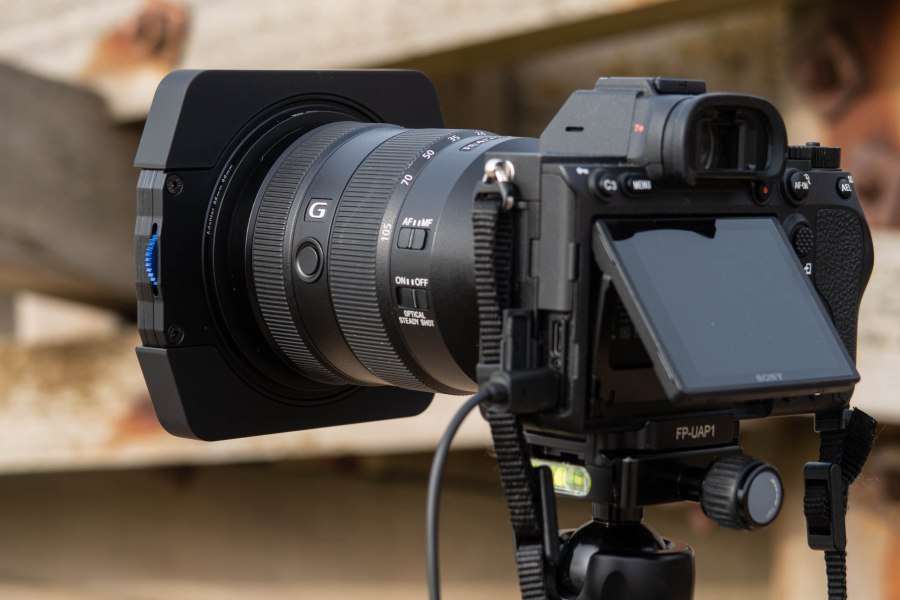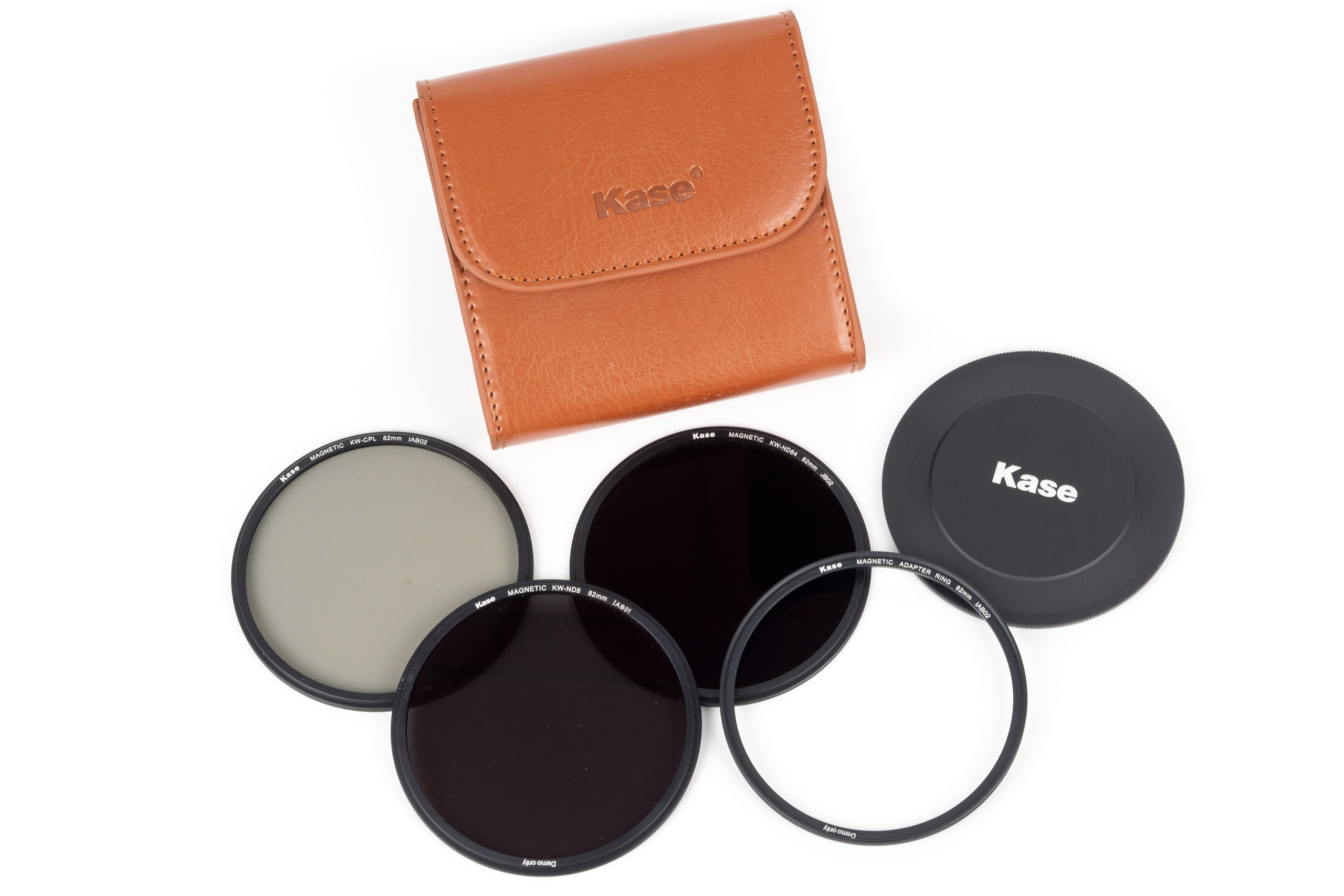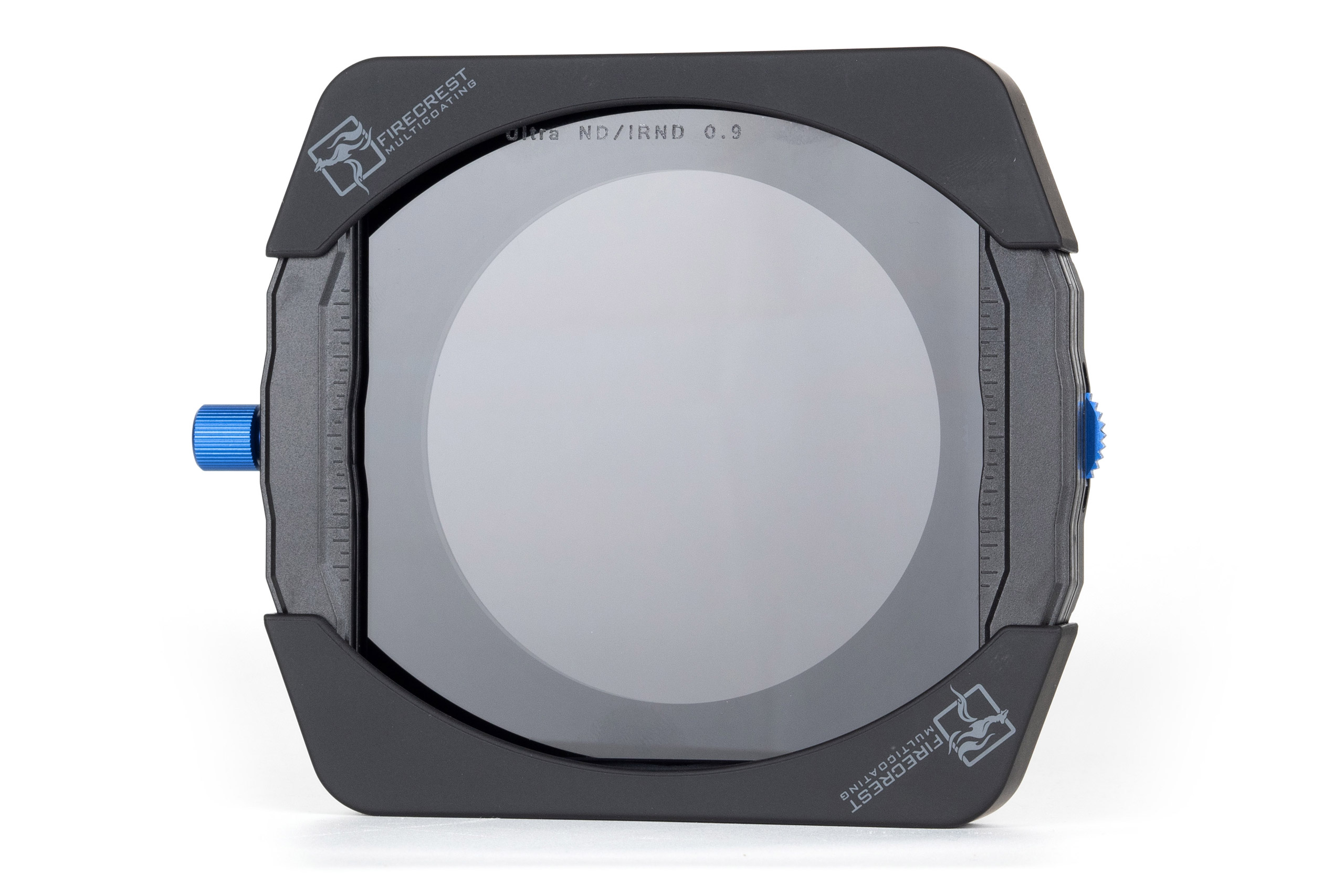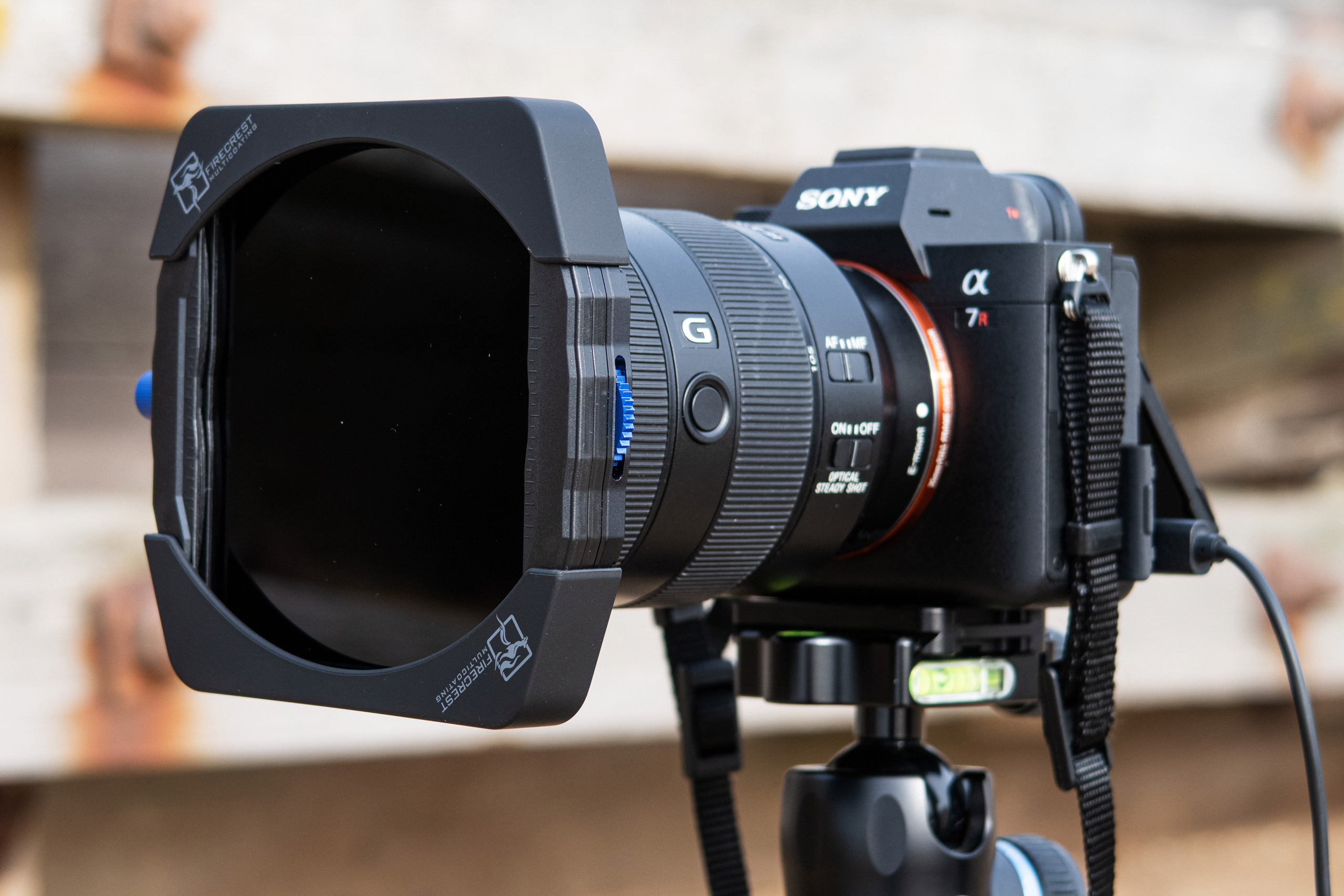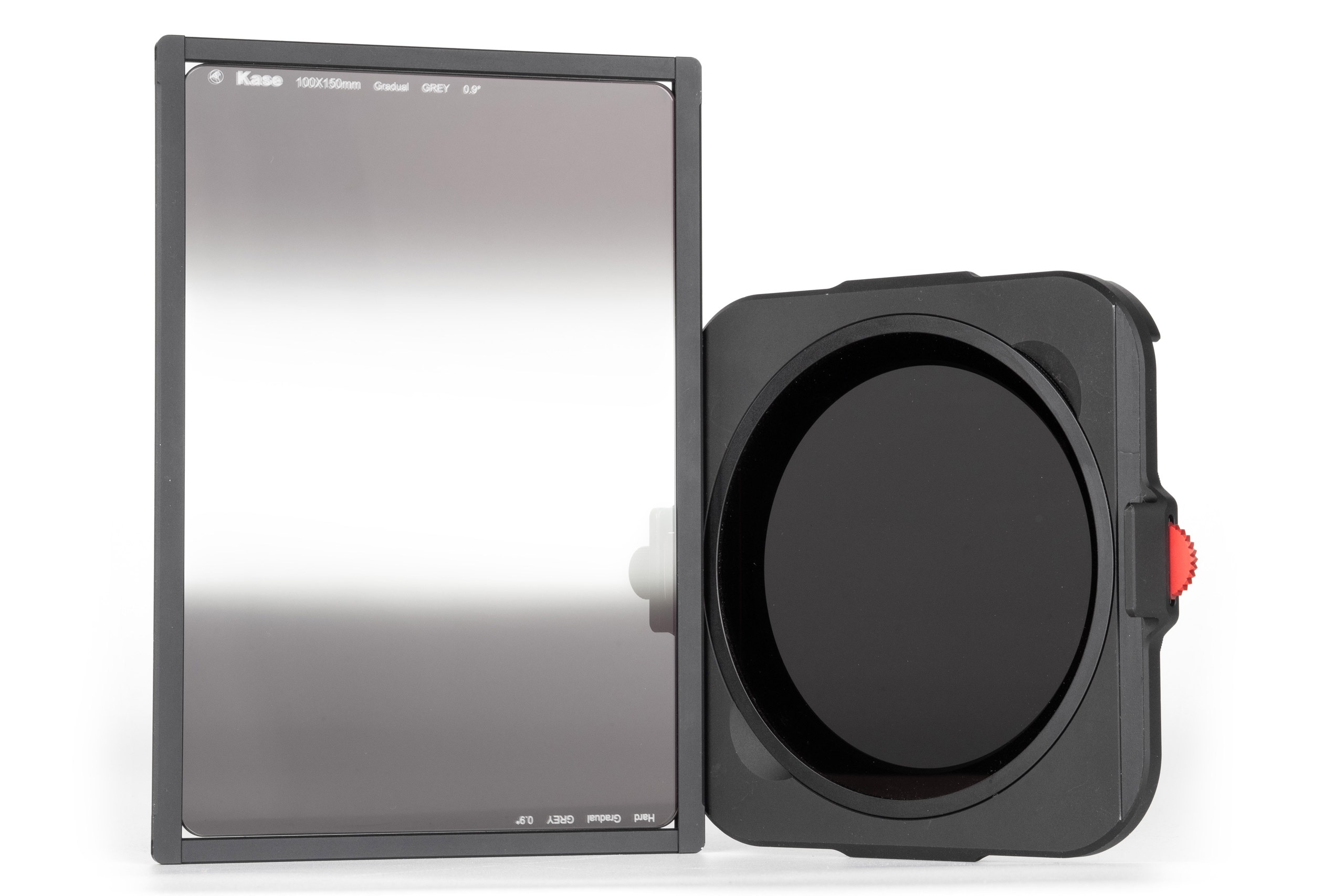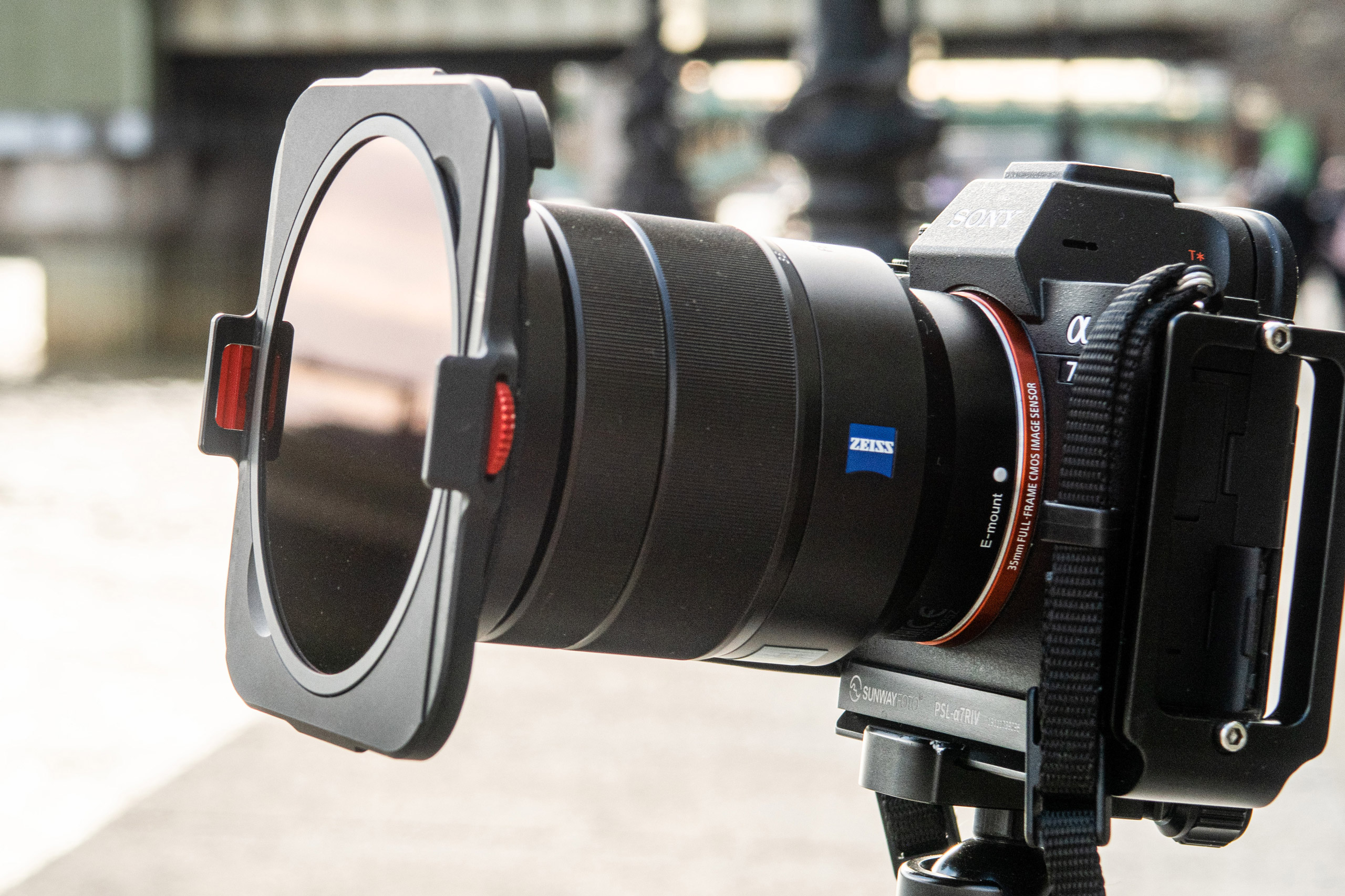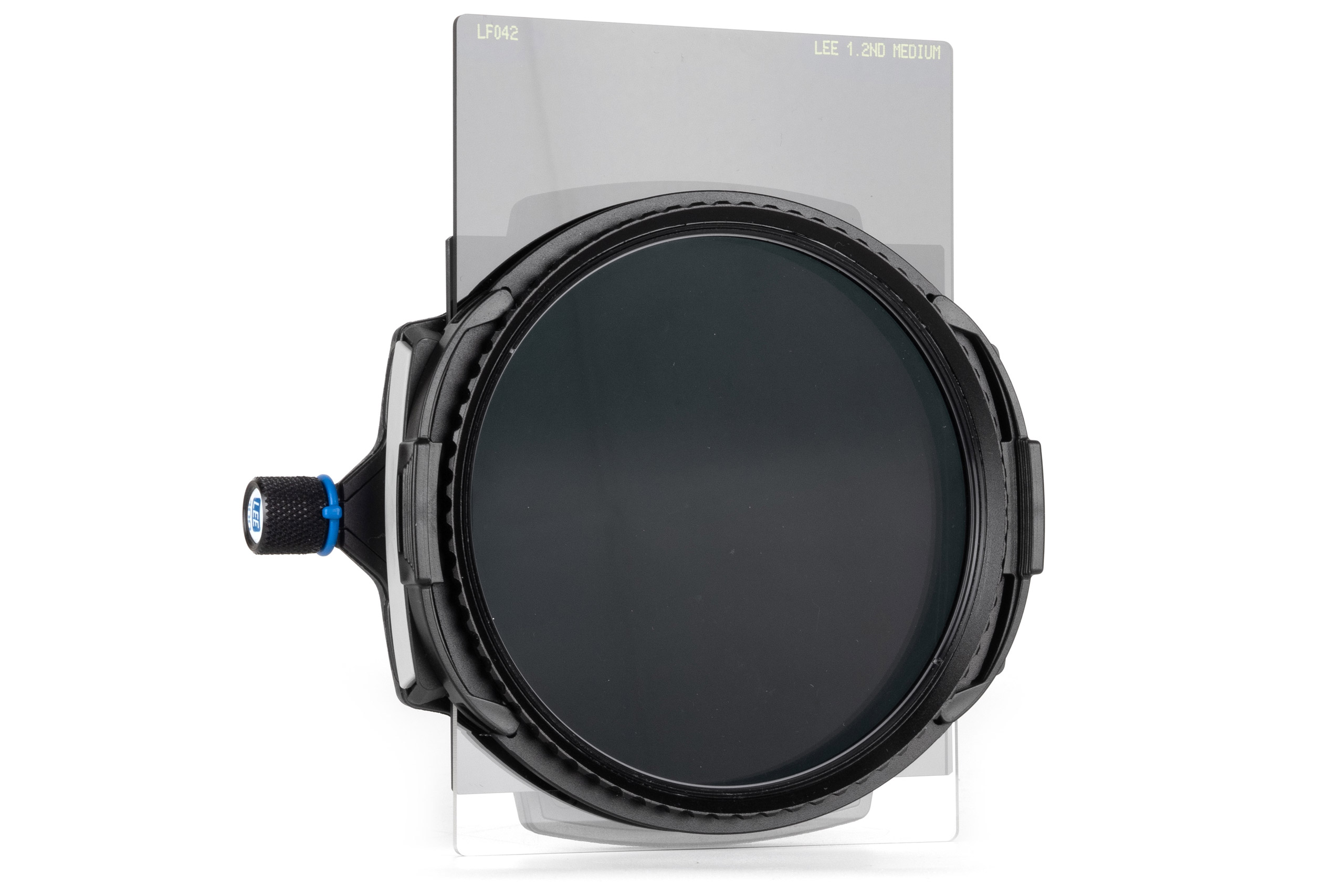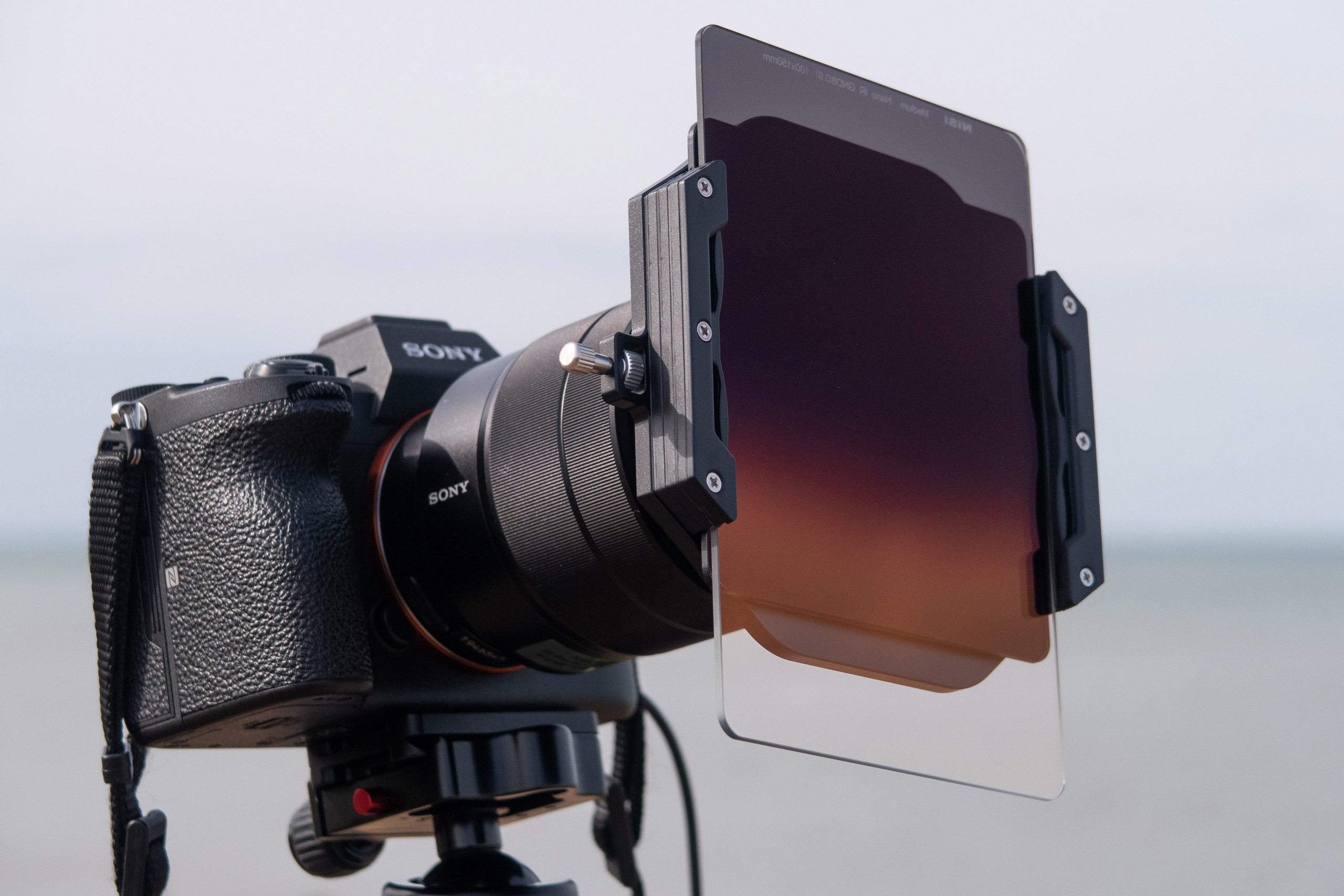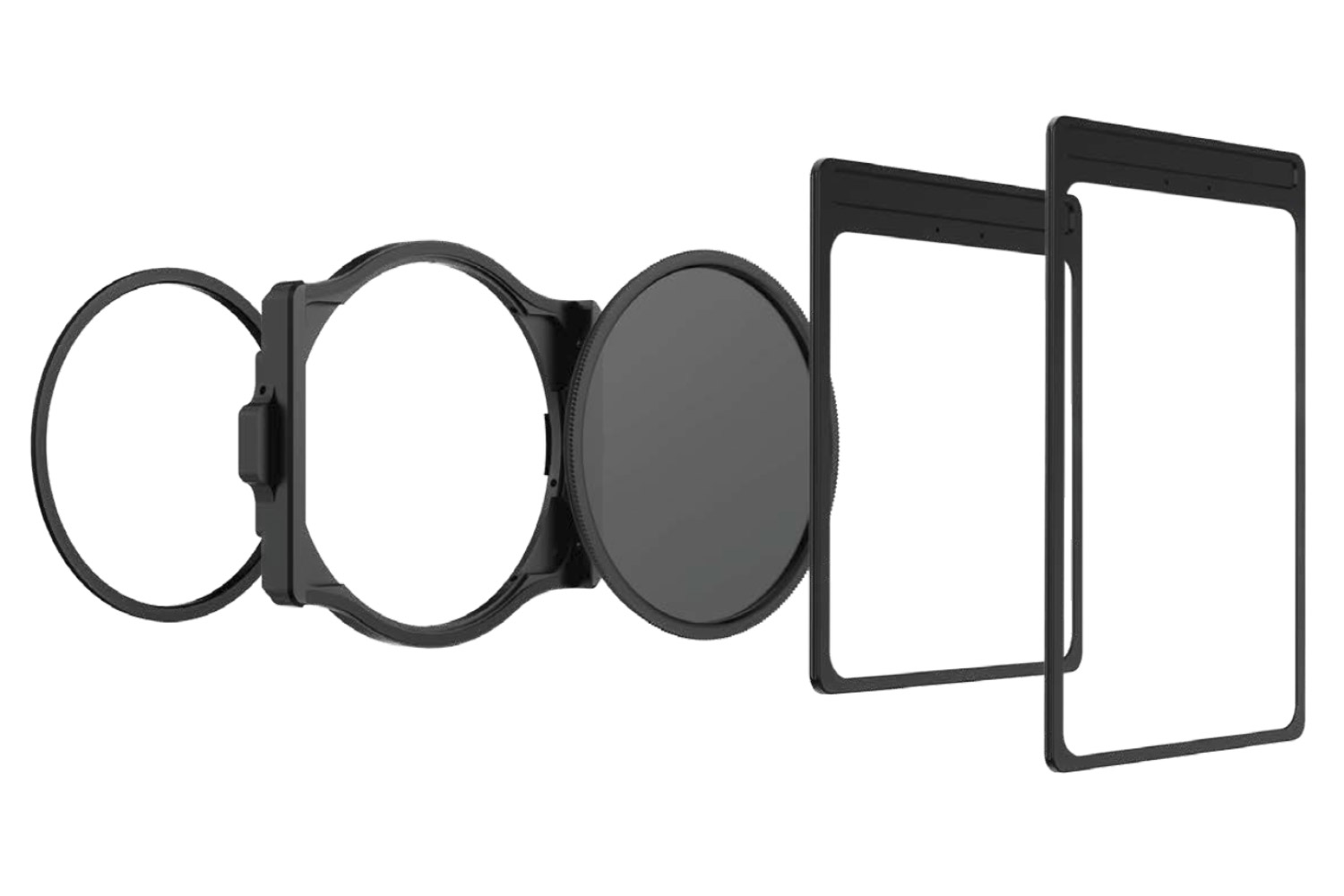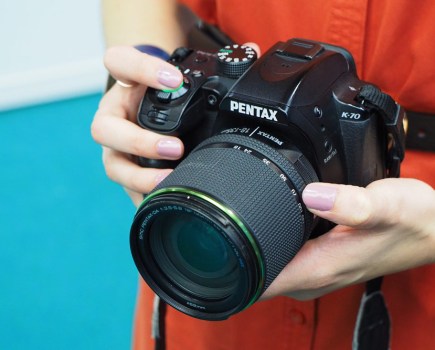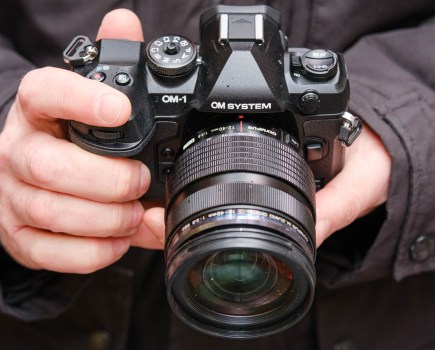Technical Editor, Andy Westlake rounds up the best 100mm filter systems for landscape photography from Cokin, Formatt Hitech, Kase, LEE, and NiSi.
Think landscape photography and one of the first accessories that springs to mind is filters. In this guide to the best 100mm square filter holder systems for landscape photography we look at all the popular choices out there to give you a better idea where your money is best spent. Before we look at each filter system in-depth, let’s first refresh ourselves with the various filter options.
Polarisers
Polarising filters can be used to control reflections, enrich colours, and deepen blue skies, while neutral density (ND) filters allow photographers to experiment with long exposures to blur the movement of water or clouds. Then there’s Graduated ND (GND) filters, which help control the brightness range of a scene, most obviously by balancing a bright sky against a dark foreground.
In recent years we’ve also seen the introduction of ‘nightscape’ filters to suppress artificial light pollution when shooting after the sun has gone down. For more tips, don’t miss our guide to night photography.

Polarisers, neutral density (ND) and gradated ND filters are all useful tools for landscape photography. Sony Alpha 7R IV, Sony FE 16-35mm F4 ZA OSS at 16mm, 34 secs at f/8, ISO 100
Square filter holder systems are typically the most popular choice with landscape shooters, as they allow GNDs to be positioned to match the scene. They also have the advantage of allowing one set of filters to be shared across multiple lenses with different threads. While the square-filter concept was first popularised by Cokin, for a long time LEE Filters has been the maker of choice for serious landscape photographers.
User-friendly filter holder systems
Over recent years, though, the market has expanded, and other companies have released their own offerings. This has driven a burst of innovation in a bid to make holder systems that are quicker and easier to use. In place of conventional screw-fit polarisers, there are now clip, bayonet and magnetic fitting designs, all of which aim to be easier to swap in and out. Likewise, some systems place the ND and GND filters into plastic or metal frames, which maximises their usable area and helps protect fragile and expensive glass filters if they accidentally slip from your hand.
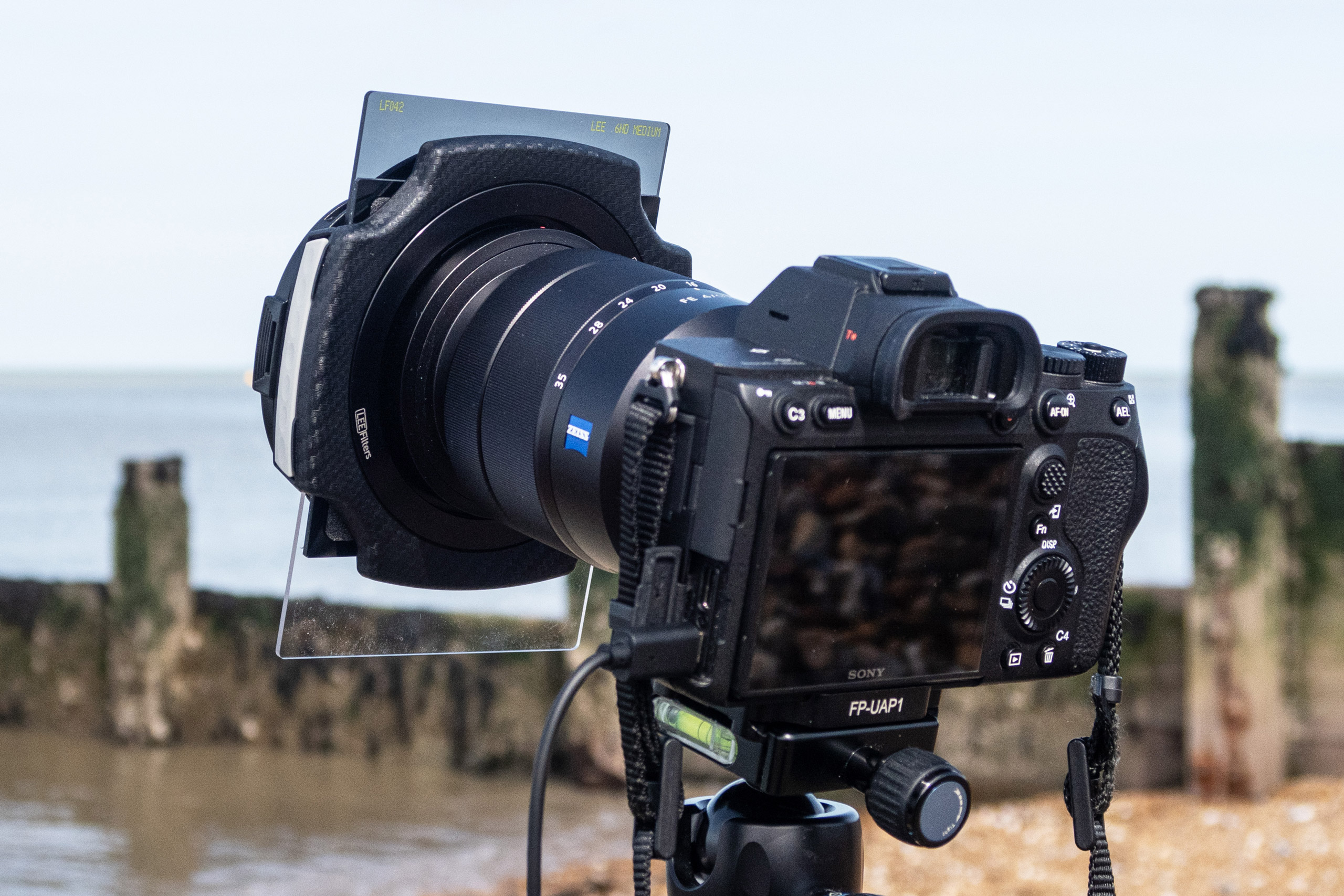
This shows the set-up I used for the shot above, using LEE’s polariser, 1-stop ND, and 2-stop medium GND
In this article, I’m looking at the latest filter holder systems from Formatt Hitech, Kase and NiSi in comparison to leading designs from the likes of LEE and Cokin, all of which bring different ideas to the table. I’ll examine the practicalities of using them, including how easy it is to swap the various filters in and out, and how much kit you need to carry around. Whichever of these systems you choose, though, you can expect to get excellent image quality without the image degradation that can be caused by purchasing cheap filters.
How about circular filters?
While the big advantage of square filter systems lies in how they allow you to adjust graduated filters, it’s often possible to achieve a similar effect in software. This can be done either by bracketing and combining exposures, or by taking advantage of the vast dynamic range of modern image sensors. If this is your preferred approach, then circular filters may be a better choice.
If you only wish to use polarising filters, we recommend Hoya’s Ultra Pro range, which are expensive but excellent. Don’t forget, you do get what you pay for when it comes to glass filters.
If you’d like to use ND filters too, then Kase Wolverine Magnetic Circular kits are a great choice, as they’re quick and easy to use and minimise vignetting with wide-angle lenses, even when stacking filters. For sharing one filter across multiple lenses, H&Y Revoring variable step-up rings are also worth checking out.
Formatt Hitech Firecrest 100mm Holder MKII kit
- $218 / £175
- www.formatt-hitech.com
To offer some background information, Formatt Hitech quietly updated its Firecrest 100mm filter holder in 2021, drawing on design elements of its 85mm system. The new version employs a larger-diameter polariser to minimise the chances of vignetting, at 86mm rather than 82mm. It also gains an improved, lockable mounting clip and a larger, more accessible dial for adjusting the polariser. The firm’s unique shrouds for eliminating light leakage when stacking ND filters have also been redesigned.
In use
The system comes with 86mm and 82mm lens adapter rings, along with step-up rings for 77mm and 72mm threads. The ultra-slim polariser then screws conventionally onto the lens adapter ring. This gives rise to the system’s biggest irritation: it’s difficult to swap in the field. The tiny, ridged grip around the polariser’s circumference provides barely any purchase, so the key is not to screw it in too tightly.
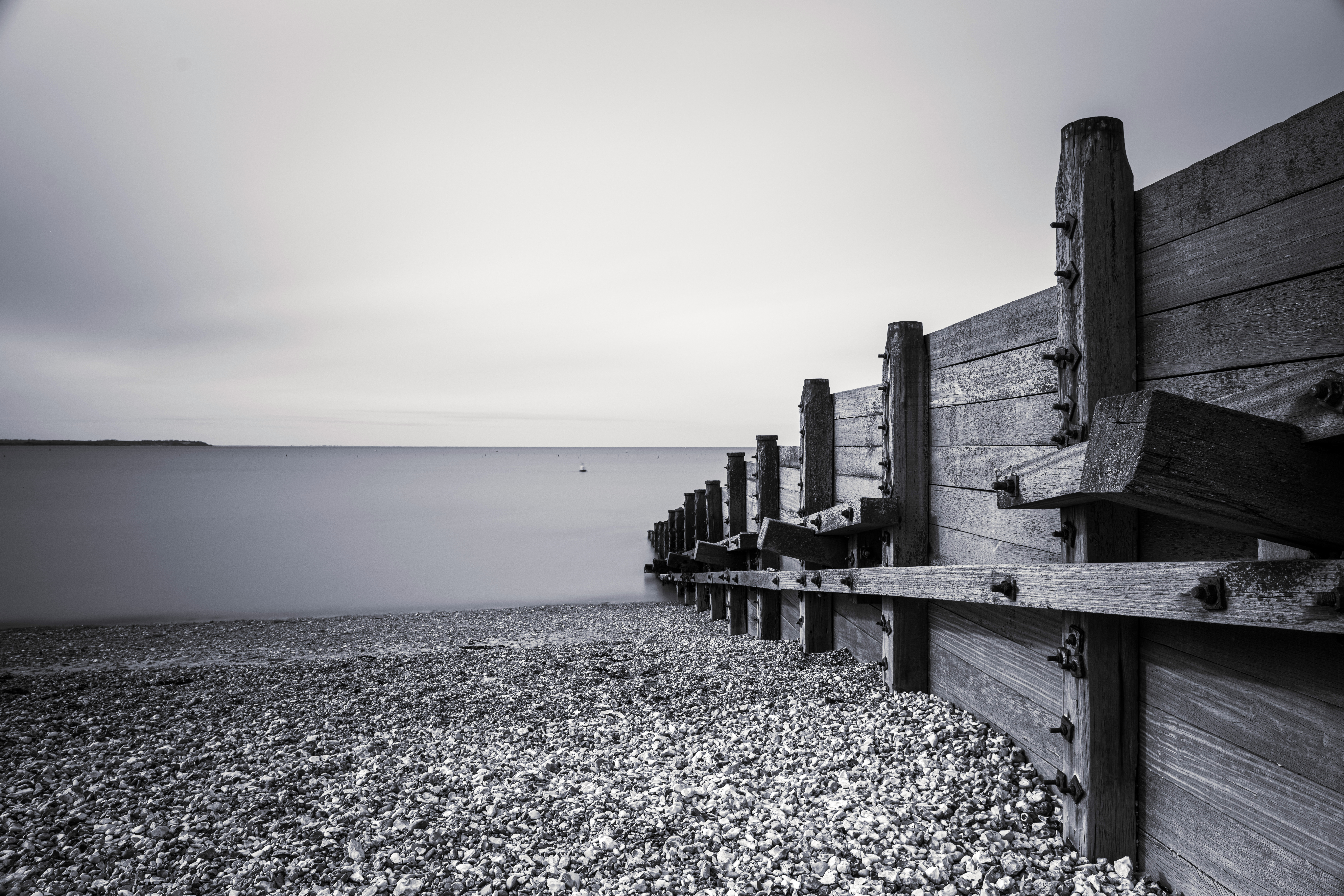
Formatt Hitech’s kit is especially good for very long exposures. Here, I used a 16-stop ND. Sony Alpha 7R IV, Sony FE 24-105mm F4 G OSS at 24mm, 11 min at f/8, ISO 100
Aside from that, though, the kit works well. The holder clips easily onto the lens ring and can be locked down at any angle using a large blue anodised knob. There’s a foam seal surrounding the polariser, which means that ND filters don’t need to have one fitted. By using the supplied shrouds, you can also fit stack two ND filters for greater effect, with no risk of light reflecting between them and degrading image quality. Two pairs of shrouds are supplied, one fully enclosed and the other with slots to accommodate GND filters.
Setting up the slots
The holder comes installed with slots for two filters and in this configuration, it won’t vignette with lenses as wide as 15mm. It’s also supplied with the parts to fit a third slot if necessary. This is a simple operation that only takes a few minutes, but I’d avoid doing it in the field as it would be all too easy to lose a screw. Also, with a third slot in place, you can no longer use those light-blocking shrouds.
Formatt Hitech supplies the holder kit in a nylon pouch, but there’s no means of attaching it to anything, so you’ll need to find space inside your camera bag. Its Firecrest 100mm filters come in impressively sturdy padded pouches, but these are quite bulky, so if you’re carrying four or five filters, they’ll take up a lot of space.
Also consider: Formatt Hitech Firecrest 85mm filter system
For photographers who use cameras with smaller sensors (APS-C or Micro Four Thirds), or don’t have ultra-wide lenses, Formatt Hitech also offers a Firecrest 85mm filter system that’s cheaper and more travel-friendly.
The Firecrest 85mm system fits lenses with threads up to 77mm and shouldn’t vignette at angles as wide as 19mm equivalent, or even 17mm if you can keep the holder straight. The holder kit costs £120/$150, with high-quality glass filters starting from £85/$106.
Read our full review of the Formatt Hitech Onyx 85mm Seascape Kit
Formatt Hitech Firecrest 100mm Holder: MKII Our Verdict
Formatt Hitech’s Firecrest MKII system is, all told, a well-considered update, and it’s uniquely good for shooting very long exposures with stacked NDs. It’s only let down by its fiddly screw-in polariser.

Kase Wolverine Armour 100mm system
- $350 / £280 (filter holder kit)
- www.kasefilters.com
Kase is a leading proponent of using magnetic filter fittings, and its latest Armour system takes this to its logical conclusion. Aside from the adapter rings that screw into the lens, everything fits together magnetically. To make this work, ND and GND filters are housed in metal frames, which should also provide protection against accidental drops. However, the frames cost £40 each and you’ll need one for every filter, which could rapidly get expensive.
The filter holder itself is a strikingly pared-back affair, with just two small side-arms to orientate the square filters. A dial on one arm rotates the polariser, while a knob on the other locks the square filters in place. A clip on one corner releases the holder from the lens ring.

For this shot, I used a 10-stop ND to blur the water and clouds. Sony Alpha 7R IV, Sony FE 16-35mm F4 ZA OSS at 16mm, 41 secs at f/16, ISO 100
Magnetic circular NDs
Unusually, along with conventional square filters, the holder also accepts magnetic circular NDs, which cost £125/$156 each. Like the polariser, these are 95mm in diameter and extremely slim. The circular filters snap into recesses in the holder, one at the front and the other at the back. In fact, you can even fix the polariser and circular NDs directly onto the lens ring, without the holder.
I tested the kit with a set of circular NDs and two of Kase’s double grads, which combine two filters onto a single piece of glass. Together, these provide a remarkably compact, travel-friendly setup. The holder, lens rings, polariser, three NDs and (in effect) four GNDs all stow neatly together into the matched slimline case (£40/$50) that can be carried over your shoulder or attached to your camera bag. When it’s assembled, the system is strikingly low profile and completely light-tight. I saw no hint of vignetting with lenses as wide as 15mm.
Pros and cons
In use, the fully magnetic design takes a bit of getting used to. Kase has used powerful magnets that hold everything in place securely, so there’s no risk of filters falling off. But the flipside of this is that they take quite a lot of force to remove. Also, the filters only fit one way around; try to attach them the other way, and the magnets will repel each other instead. This is disconcerting, to say the least, if you’re trying to attach filters in a location where dropping them would mean losing them irretrievably.
My other practical concern lies with using the circular NDs. When setting up filters, you generally want to adjust the polariser and GND first while you can still see the viewfinder image clearly, then fit an ND last of all. But that’s not possible with the circular filters, as their slot is hidden behind the square filters. Personally, I’d stick with using square NDs.
Kase Wolverine Armour 100mm system: Our Verdict
Kase’s Armour holder is a really clever design, but I’m not entirely convinced by the practicalities of using it. However, it’s still an interesting alternative to the firm’s superb K9 system.

LEE100 Deluxe Kit
- $685 / £549
- www.leefilters.com
For many photographers, LEE has long been the go-to brand for square filters. A couple of years ago, it updated its 100mm holder to a modular design that’s distinctly different from anything else on the market. It’s available in various sets, with the most expensive Deluxe Kit offering including a polariser, 10-stop ND (the famous Big Stopper), and three GNDs: 2-stop medium, 3-stop hard, and 4-stop medium.
Unlike the other systems we’re considering here, LEE’s holder is plastic, not metal. It’s also designed so that the side-arms are easily swappable, with sets provided to hold either one, two or three ND or GND filters. LEE doesn’t fit the polariser at the back, either; instead, it employs a huge custom 100mm polariser than clips onto the front of the holder.
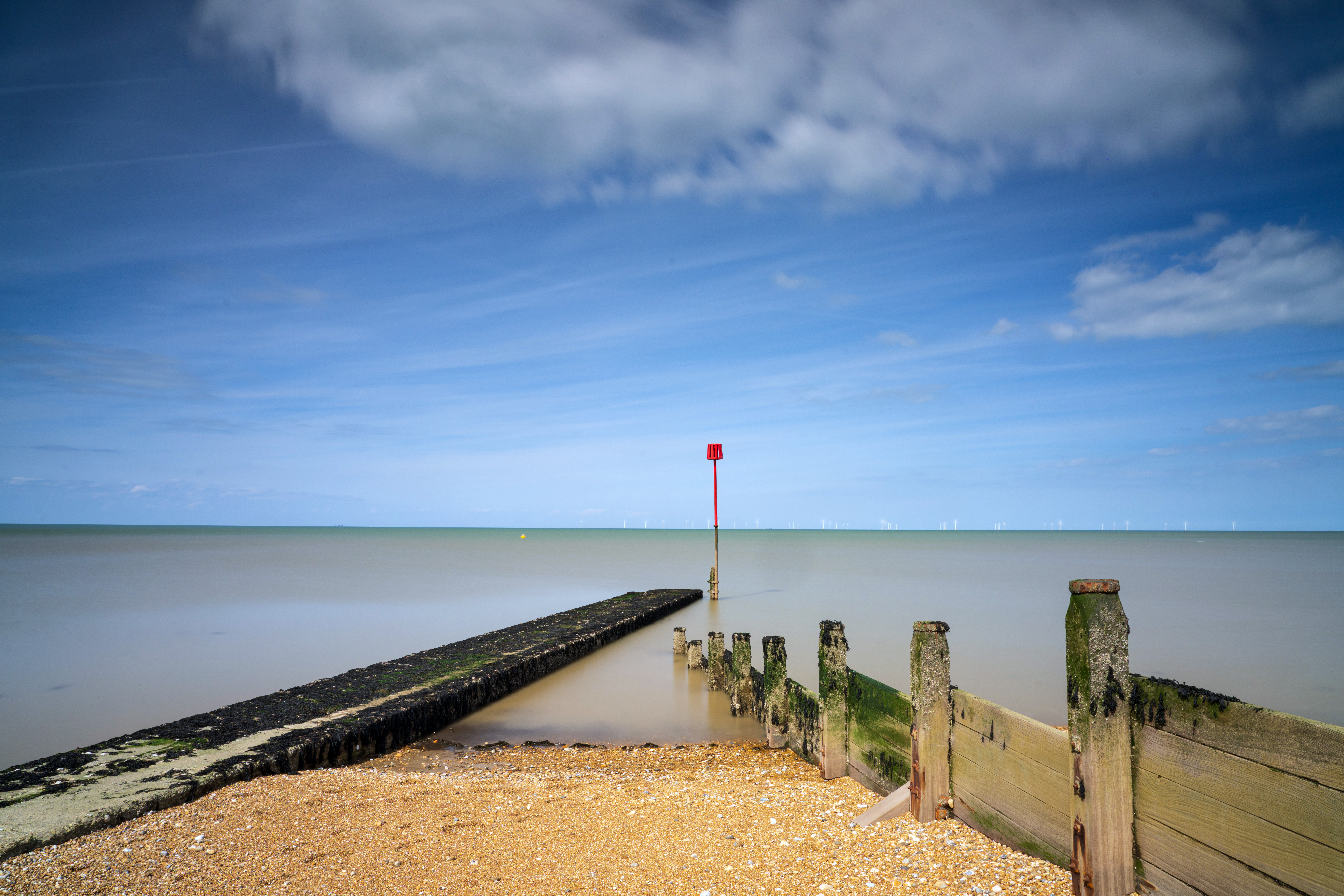
A 2-stop GND darkens the sky, while a 10-stop ND smooths the water. Sony Alpha 7R IV, Sony FE 24-105mm F4 G OSS at 24mm, 30secs at f/16, ISO 100
Adaptor rings
Lens adaptor rings must be bought separately; standard ones cost £20/$25 each, while those for use with wide-angles are £40/$50. These effectively place most of the holder behind the front of the lens, and I witnessed no vignetting with a 16-35mm ultra-wide zoom.
LEE’s polariser and GND filters are made from optical resin, while the Big Stopper is made from glass. Resin filters are lightweight and unlikely to break when dropped, however they tend to be prone to scratching, so need to be handled carefully. They’re also a bit less easy to clean and keep dry. There’s no light sealing on the holder itself, so NDs come with a foam seal attached around the outside of the filter.
Despite its slightly eccentric design, the LEE100 system works well in the field. The front-fitting polariser is uniquely easy to swap in or out as required, and you can change the square filters easily too. But the Deluxe kit does expect you to carry a lot of stuff around, with a large circular case for the polariser, a square tin for the Big Stopper, a separate case for the grads, and a microfibre pouch for the holder kit. Compared to the nicely organised Kase and NiSi kits it’s all a bit of a mess, and you’ll probably want to get LEE’s Field Pouch (£35) for your filters, at least. For more options have a look at the best filter pouches for landscape photographers.
Having the interchangeable filter guides is, in principle, a neat idea. But I’m not convinced about whether you’d change very often them practice. After all, the other filter holders under consideration here get by perfectly well with two or three slots.
Read our full review of LEE’s 100 Filter Holder
LEE100 Deluxe Kit: Our Verdict
LEE’s kit is popular for a reason; it’s easy to use and works well. But it’s not as sophisticated as the best holders available, and it would seriously benefit from a properly designed case to keep everything organised in one place.

NiSi V7 with True Color NC CPL
- $248 / £199
- www.nisioptics.co.uk
Last year I reviewed NiSi’s previous filter folder, the NiSi V6. It worked quite well, but I had reservations over certain aspects of the design. Now the firm has fixed the biggest of these gripes, which elevates the NiSi V7 to being one of the best options available.
As before, NiSi’s V7 holder is based around an 82mm lens adapter ring, which is designed to place the bulk of the filter holder behind the front of the lens. Step-up rings are provided for use with 67mm, 72mm and 77mm threads. But in the first major update, the matched polariser no longer uses a fiddly screw thread, but instead employs a bayonet fitting. This is a minor stroke of genius, making it dramatically easier to mount or remove in the field. The design also means that polariser can be used on its own, without having to mount the main filter holder, which is handy.
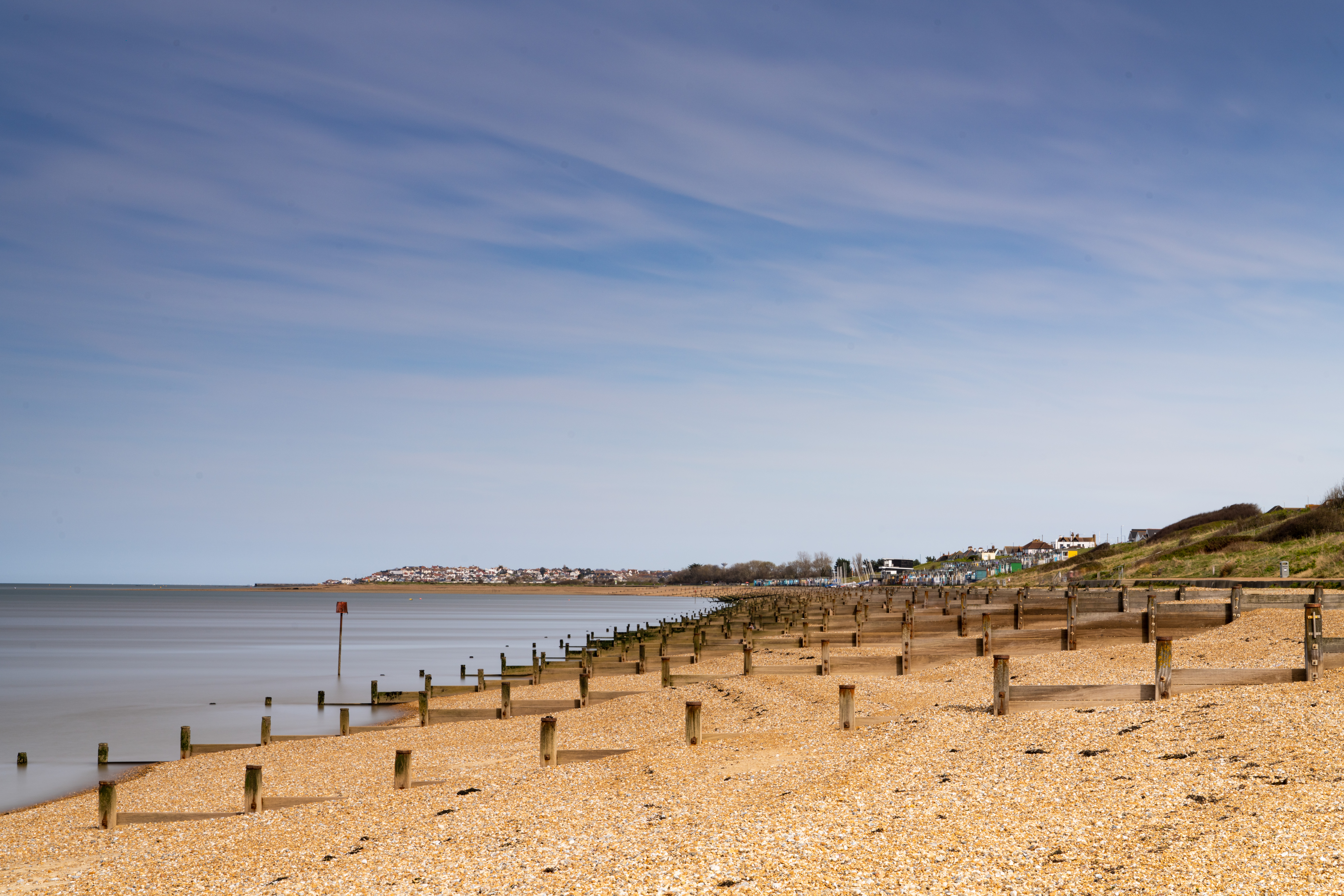
In this shot, a long exposure makes beach walkers disappear. Sony Alpha 7R IV, Sony FE 24-105mm F4 G OSS at 73mm, 68secs at f/16, ISO 100
Design improvements
The holder itself clips onto the lens ring via a sprung pin, with the second big improvement being that it can be locked in place using a concentric collar, rather than a second pin. This makes the system much less error-prone and easier to use. As before, it incorporates three filter slots, which have a particularly minimalist profile to combat any risk of vignetting. I saw no problems even with the Laowa 15mm f/4 ultra-wide lens.
As before, the polariser is rotated via a pair of small wheels placed diametrically opposite each other on the adapter ring. But these dials end up in different locations, depending on the lens you’re using, which is the one remaining irritation of NiSi’s design. Much of the time it isn’t a problem, but with the other holders it’s easier to locate the polariser dial by touch when you’re looking through the viewfinder.
The holder kit fits nicely into the supplied case, which can be attached to your camera bag but doesn’t have a shoulder strap. NiSi supplies its filters in super-slim faux-leather cases, with a soft lining and magnetic closure. They take up little space in your bag and can even be slipped into a large jacket pocket. Overall, it’s a very well-organised, portable design.
Essential accessories from NiSi
NiSi also offers some extremely handy accessories for working with filters, regardless of which brand you use. Firstly, the Clever Cleaner has a large rectangular felt pad to clean square filters, and folds way small when not in use.
Secondly, the Bluetooth Remote Control is a brilliant little device for shooting long exposures with your camera in B mode. It’s controlled from your smartphone via the easy-to-use NiSi ND Calculator app. It costs £30/$37, plus £4.50/$5.62 per interchangeable camera cable.
NiSi V7 with True Color NC CPL: Our Verdict
This holder may look very similar to its predecessor, but I found it to be a real practical improvement. The bayonet-fit polariser and improved locking mechanism make it much easier to use, and it’s now up there among the best you can buy.

Cokin NX-Series filter system
- $275-$862 / £220-£690
- www.nx-series.com
I reviewed Cokin’s new NX-series kit earlier this year and was impressed by the way the firm has cleverly re-invented its filter holder system. It’s extremely low-profile to minimise vignetting, while ND and GND filters are housed in metal frames to make full use of their area while providing extra protection. All the filters are held in place by a unique system of small ball bearings, with the polarising filter simply clipping into place from the front. The result is an elegant system which is impressively quick and easy to use.
Read our full review of the Cokin NX-Series filter system
Cokin’s starter kit costs £220/$275 and includes the holder and three lens rings (72mm, 77mm and 82mm), the matched polariser, and two frames, one each 100x100mm and 100x150mm. Additional frames cost £18/$22 each, or £32/$40 for a pack of two, and you’ll need a frame for each filter you want to use.
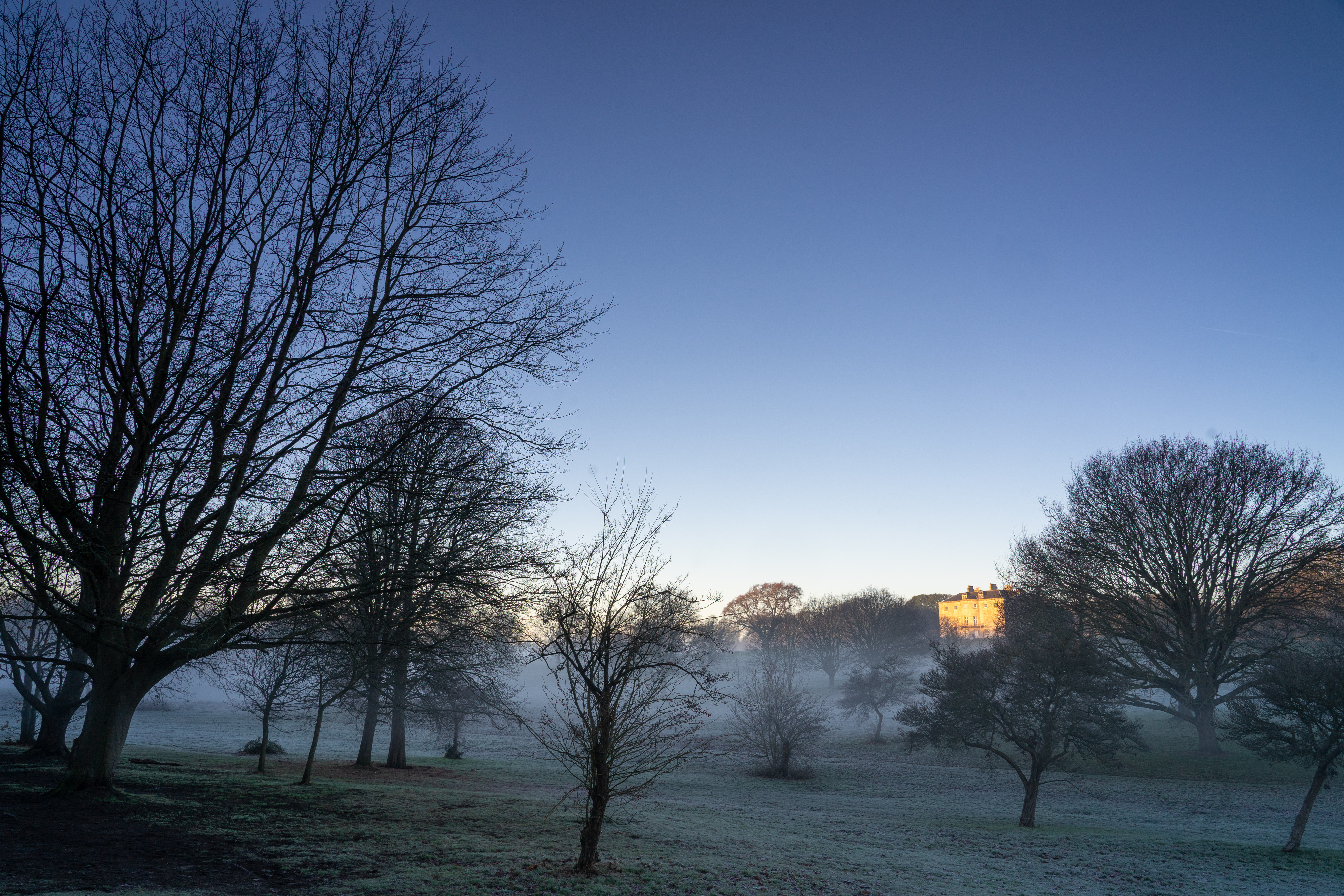
Here I used the polariser, a soft grad to darken the sky, and the 6-stop ND to prevent other park users from registering in the shot. Sony Alpha 7 II, Sony FE 24-105mm F4 G OSS at 24mm, 5sec at f/11, ISO 100
Other kits are available at various price points up to the £690/$862 Professional Kit, which includes three ND filters, three GNDs, and a carry case, which represents good value. The filters all come from the firm’s premium Nuances Extreme range.
Cokin NX-Series: Our Verdict
Of all the systems that place filters in protective frames, Cokin’s NX-series is perhaps the best conceived. Its main practical disadvantage that the polariser is rather awkward to remove in the field, as you have to remove the square filters then prise it out from the front. But aside from that, it works really well.

Kase K9 filter holder system
- $175-$974 / £140-£780
- www.kasefilters.com
Among conventional 100mm holders that hold the square filters in simple slots, Kase’s Wolverine K9 system stands out for offering arguably the most refined design. Its standout feature is a polariser that clips magnetically to the lens adapter rings, which makes it quick and easy to fit or remove. Meanwhile the filter holder is strikingly pared back to minimise size and weight. A thick felt layer covers its entire front surface, to prevent stray light from penetrating past a neutral density filter.
Read our full review of the Kase Wolverine K9 filter holder system
A large red knob on one side allows you to lock the holder at any angle, while the polariser can be adjusted easily using a wheel on the other side. Even Kase’s matched outfit case is also worthy of praise; it can hold up to ten filters in an easy-to-access concertina design, with a pocket at the front for the holder. It can also be attached to a bag, carried via its shoulder strap, or even fixed onto your tripod while shooting.
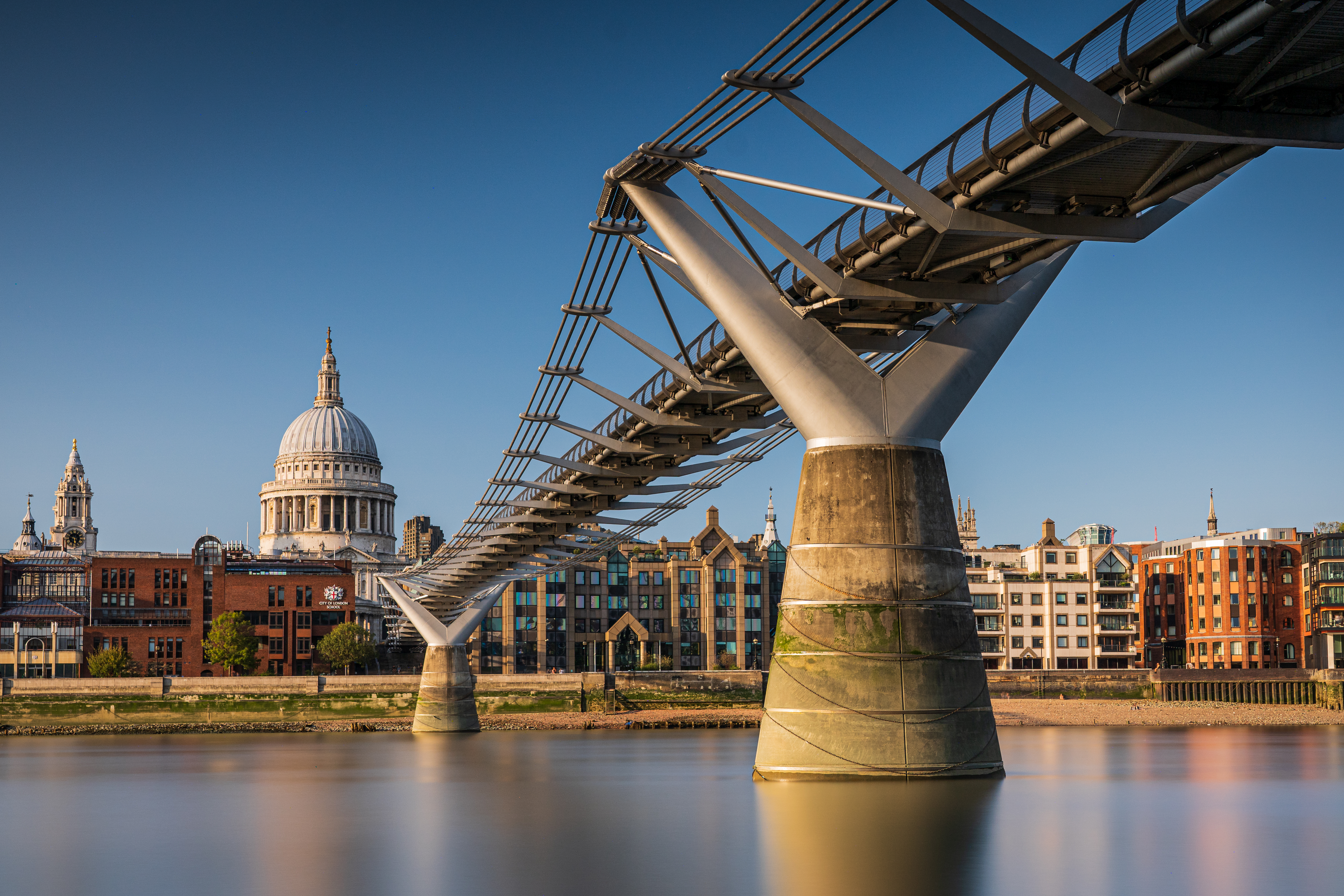
For this shot, a 16-stop ND enables a 4-minute exposure in daylight. Sony Alpha 7 II, Sony FE 24-105mm F4 G OSS at 42mm, 245 secs at f/5.6, ISO 400
The basic holder costs £140/$175, with various kits available at price points up to £780/$975. If you buy one of these, you’ll also find that Kase makes its ND filters in the 100x150mm size that’s normally used for GNDs. In the field this makes perfect sense, as they’re easier to find in the carry case, and quicker to fit or remove.
Kase K9 filter holder: Our Verdict
There’s a lot of competition in this sector, and in truth, it’s difficult to declare an overall winner. As usual, it depends on your budget and priorities, and what you want to do. But ultimately, the Kase K9 system stands out for being intelligently conceived and designed, and not really putting a single foot wrong. All told, it’s a brilliantly designed setup.

Find more great filters in our guide to the best filters, and see more great articles on landscape photography.

